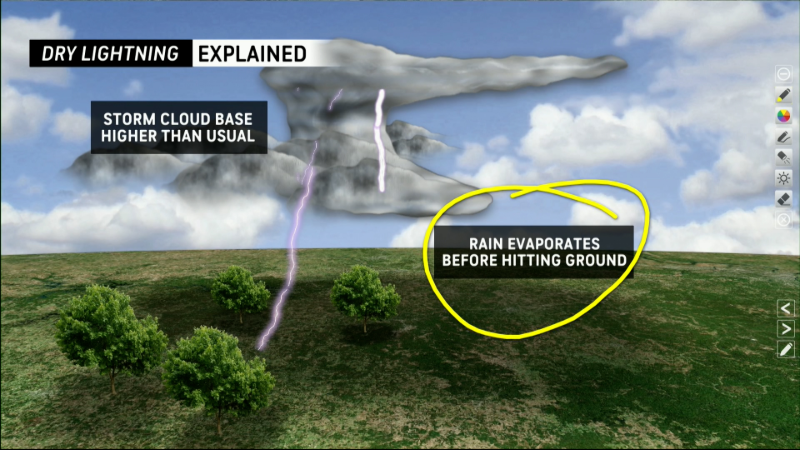Mexico declares sargassum a fishery resource for industrial use
In the open sea, it supports biodiversity, but when it washes ashore, it decomposes, creating environmental, economic and health problems.

Partner Content

People walk past sargassum clumps on the sand in Punta Cana, Dominican Republic, in July. Mexico has declared sargassum from the Caribbean a “fishery resource with development potential,” allowing its collection in the open sea and opening the door to industrial projects to process the seaweed. (Photo Credit: Orlando Barria/EPA)
Aug. 29 (UPI) -- Mexico has declared sargassum from the Caribbean a "fishery resource with development potential," allowing its collection in the open sea and opening the door to industrial projects to process the seaweed under permits and technical oversight.
The Secretariat of Agriculture and Rural Development published the agreement updating the National Fisheries Charter, which sets a precautionary annual harvest limit of up to 945,000 tons.
It lists potential uses of sargassum as raw material, including animal feed, fertilizers, biofuels, bioplastics, bioremediation and water treatment, textile fibers and dyes, and biomaterials for bricks, among others.
The document notes that sargassum "rafts" in the open sea support a unique marine ecosystem that provides food and shelter for species -- including mahi-mahi, tuna and jack -- and calls for collection methods that minimize harm to marine life, along with continuous scientific monitoring for sustainable management.
Sargassum is a type of seaweed whose growth is linked to ocean changes, warming temperatures and excess nutrients. In the open sea, it supports biodiversity, but when it washes ashore, it decomposes, creating environmental, economic and health problems.
In the 2025 season, Caribbean beaches reported record amounts of sargassum. In Mexico, about 68,000 tons have been removed, and officials estimate cleaning one kilometer of beach can cost more than $1 million a year.
"Sargassum blooms in the Greater Caribbean exceed 50 million tons, which means regional cooperation is not optional -- it is the only way to turn sargassum from a threat into an opportunity," Mexican Environment and Natural Resources Secretary Alicia Bárcena said during the Latin America and Caribbean Ministerial Meeting on Regional Climate Action on Aug. 26.
At the meeting, countries from the Greater Caribbean -- including island nations and coastal areas of Central America, along with Mexico, Venezuela and Colombia -- agreed to move forward with a regional action plan to be developed in the coming months to address the sargassum crisis, one of the region's most urgent environmental and socioeconomic challenges.
The plan will coordinate mechanisms for prevention, early warning, collection and sustainable use of the resource under a circular economy approach.
At a conference at the National University of Mexico, Mexican oceanographer Julio Sheinbaum said the sargassum phenomenon must be understood as a coupled ocean-atmosphere-biosphere system, and that management should shift from reactive beach cleanups to preventive, science-based strategies.
To anticipate and mitigate impacts, he proposed combining satellite monitoring, ocean modeling and seasonal forecasts able to predict fluctuations up to seven months in advance.
He also suggested exploring sustainable uses -- including bio-inputs, biofuels and construction materials -- under strict conservation rules. His central message was that sargassum is here to stay, and management must adapt to its new dynamics.
Report a Typo















